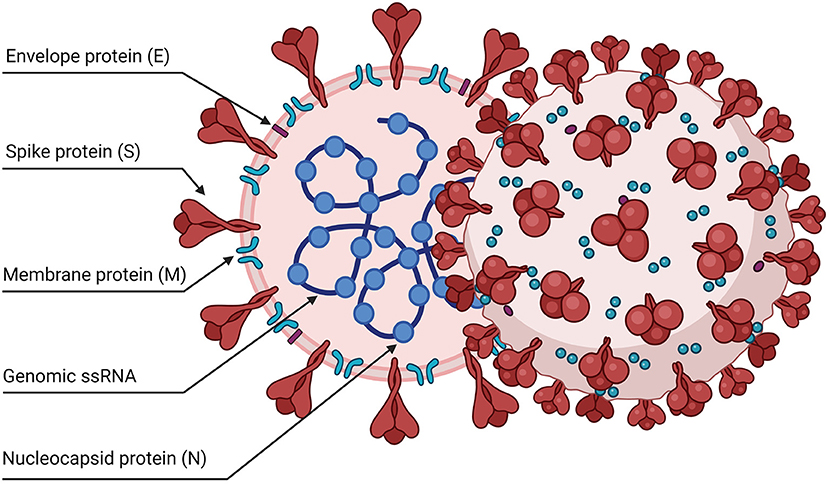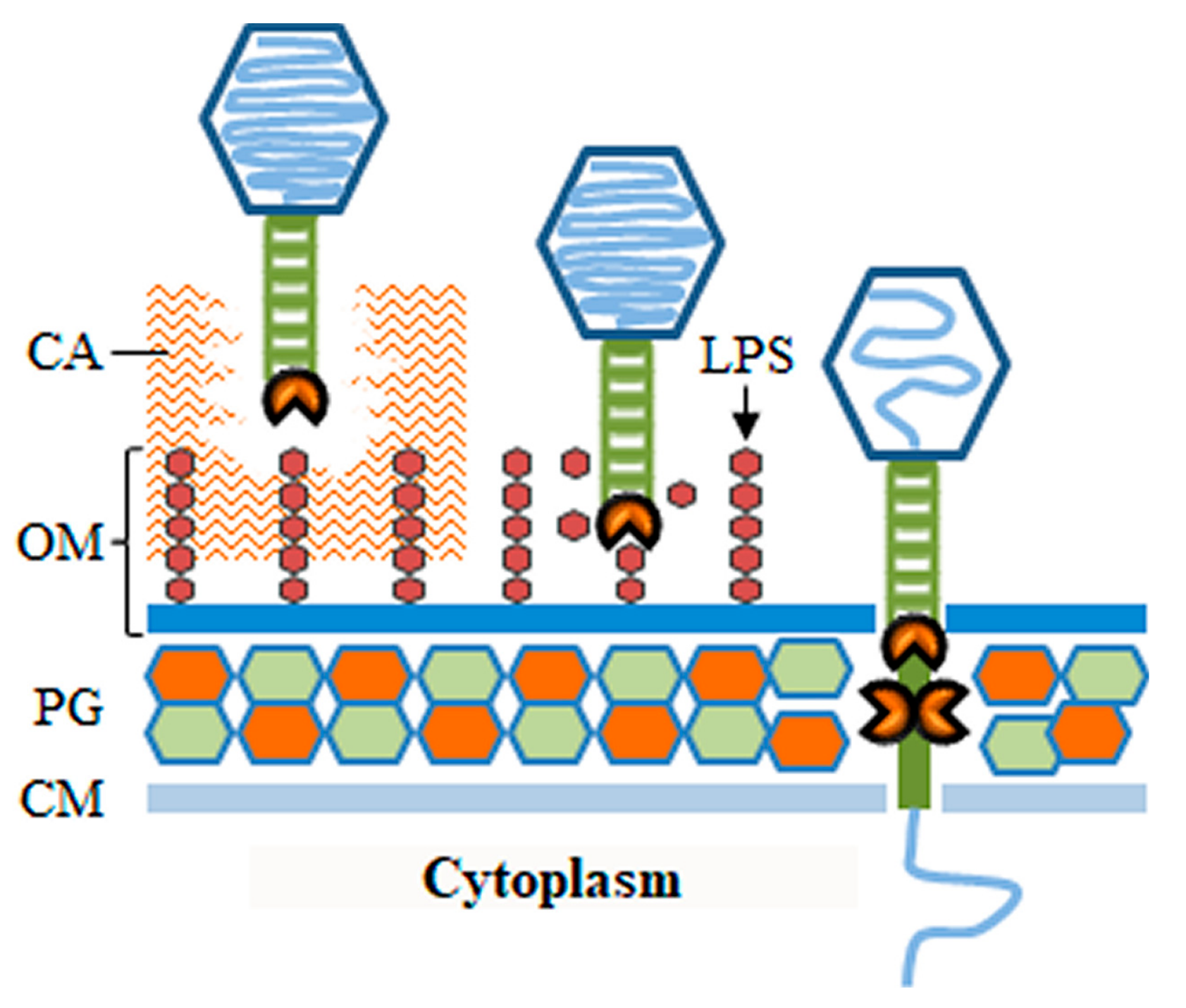An Envelope Is Acquired in Which of the Following Steps
B The virus remains in equilibrium with the host without causing a disease. The virus is brought into the target cell.

Viral Envelope An Overview Sciencedirect Topics
B penetration and uncoating.
. Penetration step uncoating step replication step assembly step and release step. The virus attaches itself to the target cell. Penetration step uncoating step replication step assembly step and release step.
Viral replication usually involves six distinct steps that is. Its causes lysis of. Viral proteins are assembled.
E synthesis of viral proteins. A Viruses contain DNA or RNA but never both. An envelope is acquired during which of the following steps.
An envelope is acquired during which of the following steps. What is the third step. The viral envelope or envelopes are formed during viral maturation period by a process known as budding.
A attachment B penetration and uncoating C synthesis of - strand RNA D synthesis of strand RNA E synthesis of viral proteins. What is the third step. The following steps occur during multiplication of.
As viruses are obligate intracellular pathogens they cannot replicate without the machinery and metabolism of a host cell. According to mendel what kind of genes disappear in f1 pea plants. An envelope is acquired during which of the following steps.
The united states acquired several new territories during the late 1800s. Synthesizing envelope lipids under direction of the virus C. Release This answer is correct.
Synthesis of double-stranded RNA from an RNA templete. Interaction between genes and oncogenes. The printer driver tells Word which way the envelope should be loaded into the printer and this information is displayed in the Printing Options tab of the Envelope Options dialog box.
65 Viral envelope is acquired during which of the following steps. The following steps occur during biosynthesis of a strand RNA virus. Which of the following would be the first step in biosynthesis of a virus with a -minus strand of RNA.
An envelope is acquired during which of the following steps. The lipids of the viral envelope are derived directly from the. The feed method determines the position of the envelope right middle left and whether the long or short edge is being fed into the printer.
D Host cells are transformed. Viral replication usually involves six distinct steps that is. D synthesis of strand RNA.
A Penetration b Attachment c Uncoating d Release e Biosynthesis. An envelope is acquired during which of the following steps. A penetration B adsorption C uncoating D biosynthesis E release.
Viral envelopes are acquired at host cell membranessome at the plasma membrane others at internal cell membranes such as the nuclear membrane endoplasmic reticulum and Golgi complexduring the maturation of the virus by the process known as budding. An envelope is acquired during which of the following steps. B Viruses contain a protein coat.
Which of the following occurs during meiosis but not during mitosis. A Penetration B Adsorption C Uncoating D Release E None of the above 66 Which of the following is not true about viruses. An envelope is acquired during which of the following steps.
A virus envelope is acquired during which of the following steps. The phase of mitosis during which the nuclear envelope fragments and the nucleoli disappear. The following steps occur during biosynthesis of a strand RNA virus.
Question 18 An envelope is acquired during which of the following steps. The nuclear envelope disintegrates during _____. C synthesis of -strand RNA.
Assume a patient has influenza. An infectious protein is a. C Viruses use the anabolic machinery of the cell D Viruses use their own.
Budding through the membrane of the cell. Viral envelopes are usually acquired by A. ____ effects determine how slide elements disappear.
30 A viral envelope is acquired during which of the following steps in the viral life cycle. C Host cells are gradually lysed. 31 Generalized transduction differs from specialized transduction in that generalized transduction a.
Release This answer is correct. An outgrowth of the genome membrane. Although the replicative life cycle of viruses differs greatly between species and category of virus there are six basic stages that are essential for viral replication.
An envelope is acquired during which of the following steps Helical and icosahedral are terms used to describe the shapes of a virus envelope. Viral proteins on the capsid or phospholipid envelope interact with. A Viral replication is unusually slow.
Penetration release adsorption uncoating biosynthesis. Biology questions and answers. A persistent infection is an infection in which.
The enveloped virus loses its envelope and viral RNA is released into the nucleus where it is replicated. The viral envelope or envelopes are formed during viral maturation period by a process known as budding. During which time on Figure 1 would the patient show the symptoms of the illness.
During nuclear fission and fusion matter that seems to disappear is actually converted into. Which of the following statements is NOT true of lysogeny.
12 1 Viruses Concepts Of Biology 1st Canadian Edition

Frontiers Sars Cov 2 And The Host Cell A Tale Of Interactions Virology

Viruses Free Full Text Enzymes And Mechanisms Employed By Tailed Bacteriophages To Breach The Bacterial Cell Barriers Html
Comments
Post a Comment